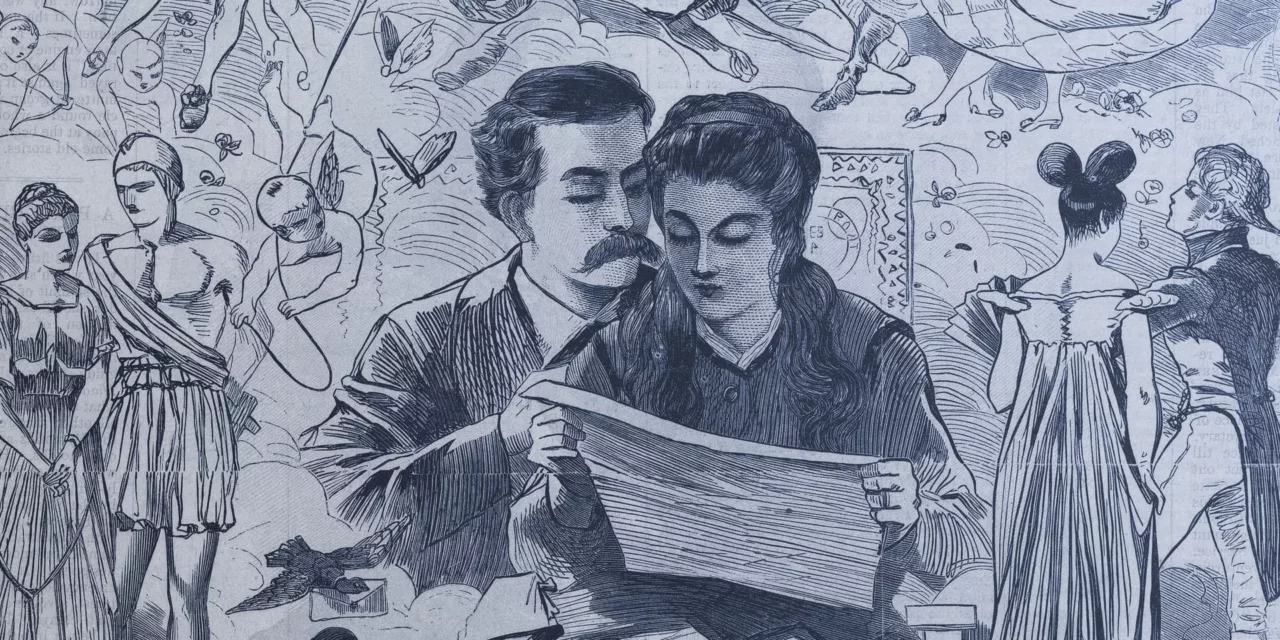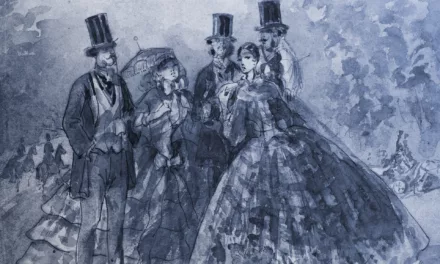
How do you write an unreliable narrator?

“How do you write an unreliable narrator in a way that actually feels clever and not just confusing or annoying? I want readers to realize something’s off without hitting them over the head with it, and still keep them hooked enough to want to figure it out.“
I’m an absolute sucker for an unreliable narrator. I find them completely frustrating and endlessly entertaining. When you read a book, and you just know that something doesn’t quite add up, and you start to question the nature of the reality of the story you’re reading? Mwah. Chef’s kiss.
Sometimes unreliable narrators are obvious. Other times there are just hints. It could be a detail that contradicts an earlier scene. A character who reacts oddly to what should be normal. And then, slowly, you realise you can’t trust the very person telling you the story. An unreliable narrator transforms readers from passive observers into active participants, forcing them to become detectives in their own reading experience.
What is an unreliable narrator?
An unreliable narrator is the voice of your story whose credibility has been compromised. They might be lying deliberately to conceal a truth, or completely unintentionally. What makes them fascinating is that they are telling their version of a truth or attempting to create one, even if that truth doesn’t match reality.
Unlike traditional narrators who serve as trusted guides through a story, unreliable narrators force readers to question everything they’re told. This means that the real story often lives in the gaps between what the narrator says and what the reader comes to understand is actually true.
It’s like a friend telling you their breakup story; their version of events might be completely honest from their perspective, but you know you’re only getting one side of the story. Unreliable narrators remind us that truth is often subjective, and that everyone is the hero of their own story.
Types of unreliable narrators
There is no definitive type of unreliable narrator, so the first step is to understand their role in the story and what you want their version of the truth to mean. Here are some common types:
- The deliberate liar consciously misleads readers.
- The self-deceiver believes their own false narrative.
- The mentally compromised has their perception affected by illness, injury, or trauma.
- The naïve observer lacks the experience to understand what they’re seeing.
- The morally ambiguous has values that skew their interpretation of events.
Each of these types of unreliable narrator serves a different purpose and will change the tone of your narrative. For example, a deliberate liar is often used in thriller and mystery stories where readers must untangle truth from deception, while a naïve observer might be used for dramatic irony. A mentally compromised narrator might lead readers through a haunting exploration of perception, reality, and the self, whereas a self-deceiver might highlight wider social issues in their story world as their illusions gradually crumble.
So, how do you actually write an unreliable narrator?
Writing an unreliable narrator is a delicate balancing act. You need to give your readers enough truth to keep them invested, enough lies to make them question everything, and enough clues that they can piece together what’s really happening. The trick isn’t just about deceiving your reader, but about making that deception meaningful (and entertaining).
Let’s look at some of the more universal techniques:
Build credibility before breaking it
Start by establishing your narrator’s voice as trustworthy. Let readers settle into believing what they’re told. This makes the eventual revelation of unreliability more impactful. Show your narrator being accurate about small details or making reasonable observations before introducing elements that challenge their reliability.
Leave breadcrumbs
Plant subtle inconsistencies throughout your narrative. These should be small enough that readers might miss them on first reading, but obvious enough to create that satisfying “aha” moment when the truth is revealed,, like contradictions in the narrator’s version of events, other characters reacting to the narrator’s version of reality, or something that runs counter to the reality of the reader.
The power of perspective
Remember that unreliable narration is fundamentally about perspective. Your narrator isn’t necessarily lying; they’re telling their truth, even if it doesn’t align with objective reality. Show how their personal biases, experiences, and limitations colour their interpretation of events.
Build tension through uncertainty
Use your narrator’s unreliability to build tension. When readers begin to doubt the narrator, every new piece of information becomes suspect. This creates a self-perpetuating cycle of uncertainty that keeps readers engaged. But make sure you keep it balanced. Give readers enough reason to doubt your narrator without completely destroying their credibility too early.
The art of the reveal
The trickiest part of writing any unreliable narrator is deciding what the best time to reveal it is. And it does have to be considered carefully. Do you want a dramatic singular reveal, a gradual reveal with an “aha” moment, or to never explicitly confirm it, leaving readers to decide?
Remember: the goal isn’t simply to trick readers, but to explore deeper truths about perception, reality, and human nature. The best unreliable narrators make us question not just the story, but our own assumptions about truth and reliability. So make sure you consider that when you decide whether you need a reveal or not.
Keep your inconsistency consistent
Even unreliable narrators need to follow internal logic. Their unreliability should make sense within the context of their character and the situations they find themselves in. A narrator with memory issues should consistently show those issues. A deliberate liar should have clear motivations for their deception.
When done well, an unreliable narrator doesn’t just tell a story, they create an experience that lingers. An unreliable narrator should make a reader question not just what they’ve read, but how they interpret their own reality. Keep them real. Keep them flawed. Keep them human. This transforms an unreliable narrator from a plot device into a powerful lens through which readers can examine their own understanding of truth, memory, and perception.





























